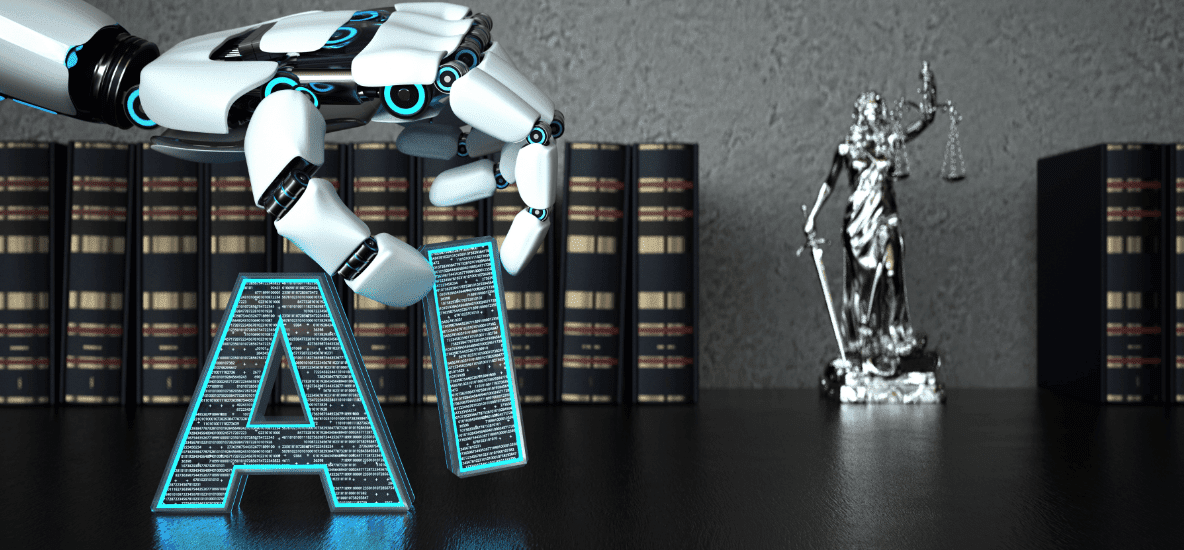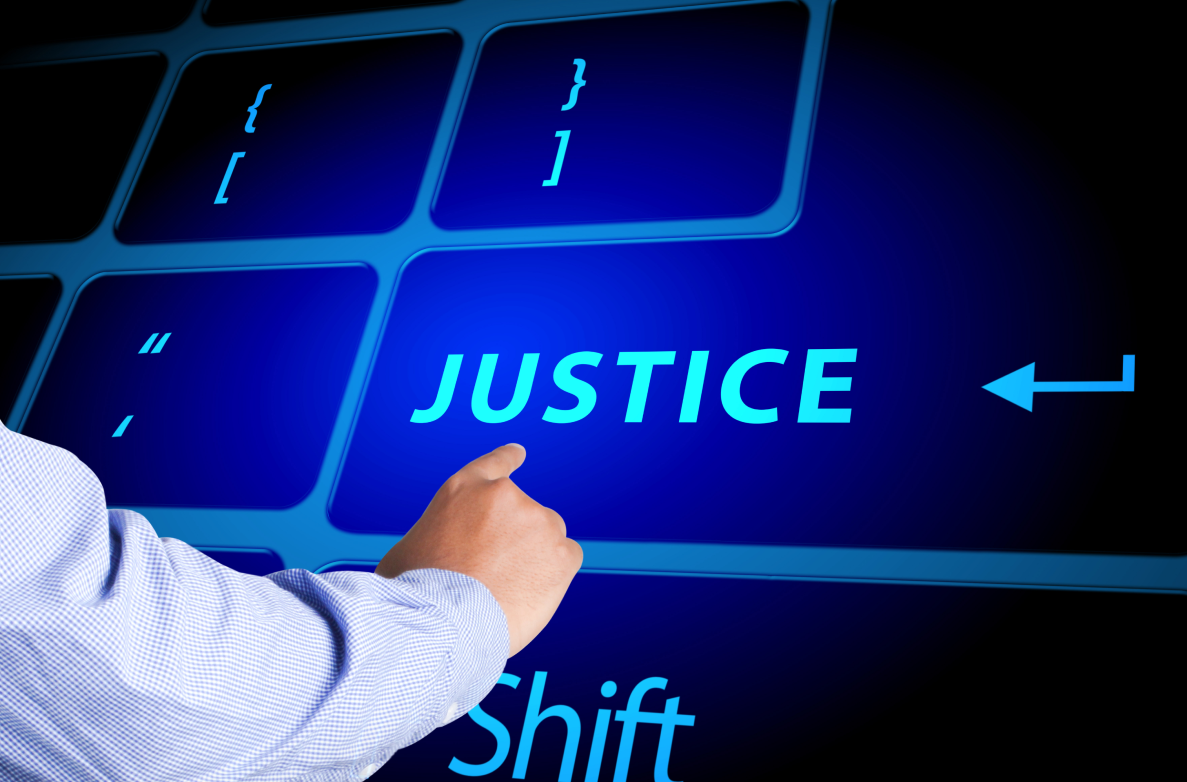Justice/Legal Tech 3 years ago
Legal Technology Trends: What to Look Out For
The fast-paced, tech-driven world is driven by change and innovation and every day stands witness to the newest, most creative solution to mankind’s most severe challenges. The legal world is no different in this regard. Here are some of the latest trends in the legal technology currently governing the legal landscape:

Remote Access and Digitised Data
The pandemic and the resulting need for social distancing has pushed every industry towards working remotely. The legal sector is not exempt from this and the pressing need of the hour has significantly accelerated the legal industry’s digital journey. The necessity for litigators and courts to continue functioning remotely has been and will continue to be a driving force that governs legal technology solutions such as Online Dispute Resolution solutions and Online Courts.
Easy and Convenient Automation Solutions
The legal sector is one of the most document-intensive fields to exist in the professional world, second only to perhaps conventional publishing. The explosion of information in the 21st century has made the work all the more tedious. For this purpose, the adoption of automation solutions for several routine and laborious tasks like document drafting, due diligence, contract and matter management is a highly welcome trend in the judiciary system.
Efficient Legal Research Technology
Legal research can be a daunting task and often takes up the bulk of lawyers’ time and effort. Sifting through data to search for relevant information is another task that can be made more efficient and quicker with the use of technology. It stands to reason why legal databases and virtual legal assistants are quickly gaining popularity.
Litigation Prediction
The legal industry is slowly but surely embracing the potential of emerging technologies and discovering newer and more efficient ways to function. Machine learning and data analytics are now allowing practitioners to predict the probable judgements of the case, simply by researching through prior outcomes and using the facts of the case in consideration. This insight could be a powerful tool for lawyers when preparing for trial, and can also be used for dispute resolution.
Given more time, consideration and expertise, in the coming decade, we can anticipate these trends to become regular practices of the mainstream legal system.



